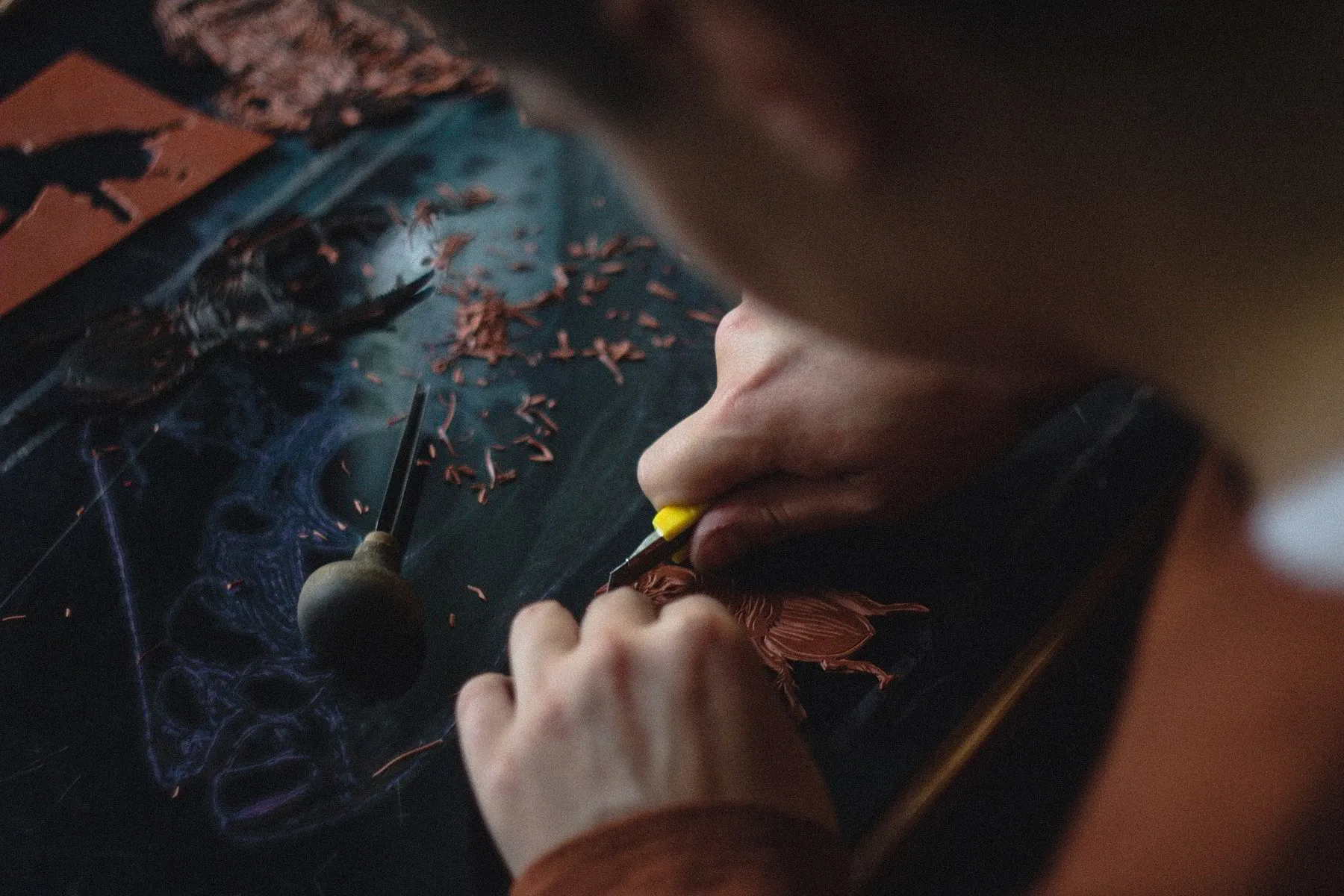Think Linoleum
When you hear the work linoleum, the first thing that pops your head is probably kitchen and bathroom floorings in the 1950s and 1960s.
Linoleum was an attractive and inexpensive way to avoid having carpets in these areas of the home. As a flooring choice, it has stood the test of time and seems to have an image revamp every generation or so.
The very word linoleum may take you back to your younger days going to visit your grandparents, great grandparents or even your home. Garish colours on the floor, mixed in with patterned fabric coverings on the sofas and pop art on the walls.
Linoleum is still around and has moved with the times. It has proved itself to be durable and hard wearing; this could be one reason people initially have a less than favourable thought about it when it is brought up in conversation. Its durability and ability to last a long time can work as both an advantage and disadvantage.
Plus, it can be confused with vinyl.
Linoleum On The Floor
The appeal of using linoleum for flooring is its diverse range of colours and environmental friendliness. As it is made with natural materials like linseed oil, limestone and recycled wood flour. Making it biodegradable and antibacterial.
As with any floor covering, there are different grades that can be used pending on if you want to cover an area used for commercial, domestic purposes, high traffic or light traffic areas and the style of property.
Once you get the right type of linoleum for your floor, you’ll find it’s a resilient floor covering that provides water resistance with the added benefit of heat and sound insulation.
Hold onto your hats, as flooring is not the only thing linoleum is used for. Believe it or not, it is used in art.
Linoleum As Art
Using lino or linoleum to create art is not new and can be dated back to the early 1900s.
This was when linocut printing technique was used by German expressionist artists based around Dresden.
These artists were following a movement commonly referred to as Die Brücke.
Linocut printing is when the design is cut into a sheet of lino with a sharp knife, with raised areas on the lino creating a mirror image. The sheet is inked with a roller, and the image
Artists Who Use Linoleum
Horace Brodzkyis
An artist who was around in the early 19th century and has used linocuts in his work. Born in Australia, he created most of his work in London and New York, along with linocuts he also did drawings and paintings.
Angela Cavalieri
Creates lino prints that are hand cut and large in scale, with some measuring over 4 square meters.
Marina Bishop
Another Australian artist based in Sydney who has created a collection of works called Harbour Pools of Sydney.
She has compiled on lino different bodies of water around Sydney; creating a stunning collection documenting Sydney’s numerous harbour pools and baths.
These prints are small in size, measuring approximately 10cm by 10cm and displayed in frames.
Each piece within the collection has enough detail to make out the water, buildings, walkways and people enjoying being by the water.
So, if you do not want to have linoleum on your floor, you can have it on your wall instead.
What a great way to showcase a stunning art piece.


